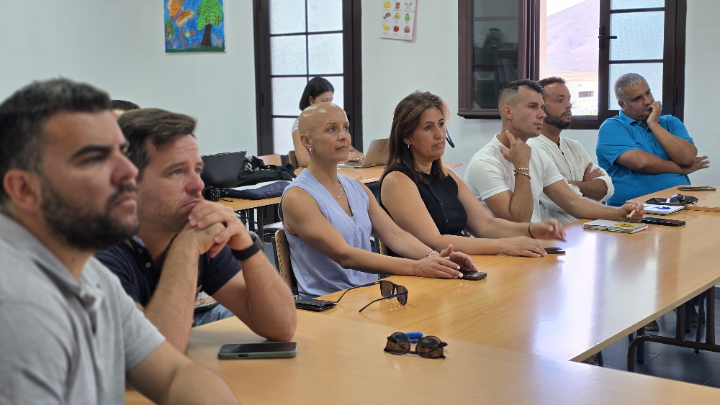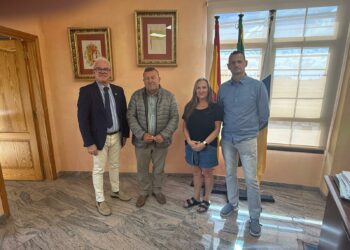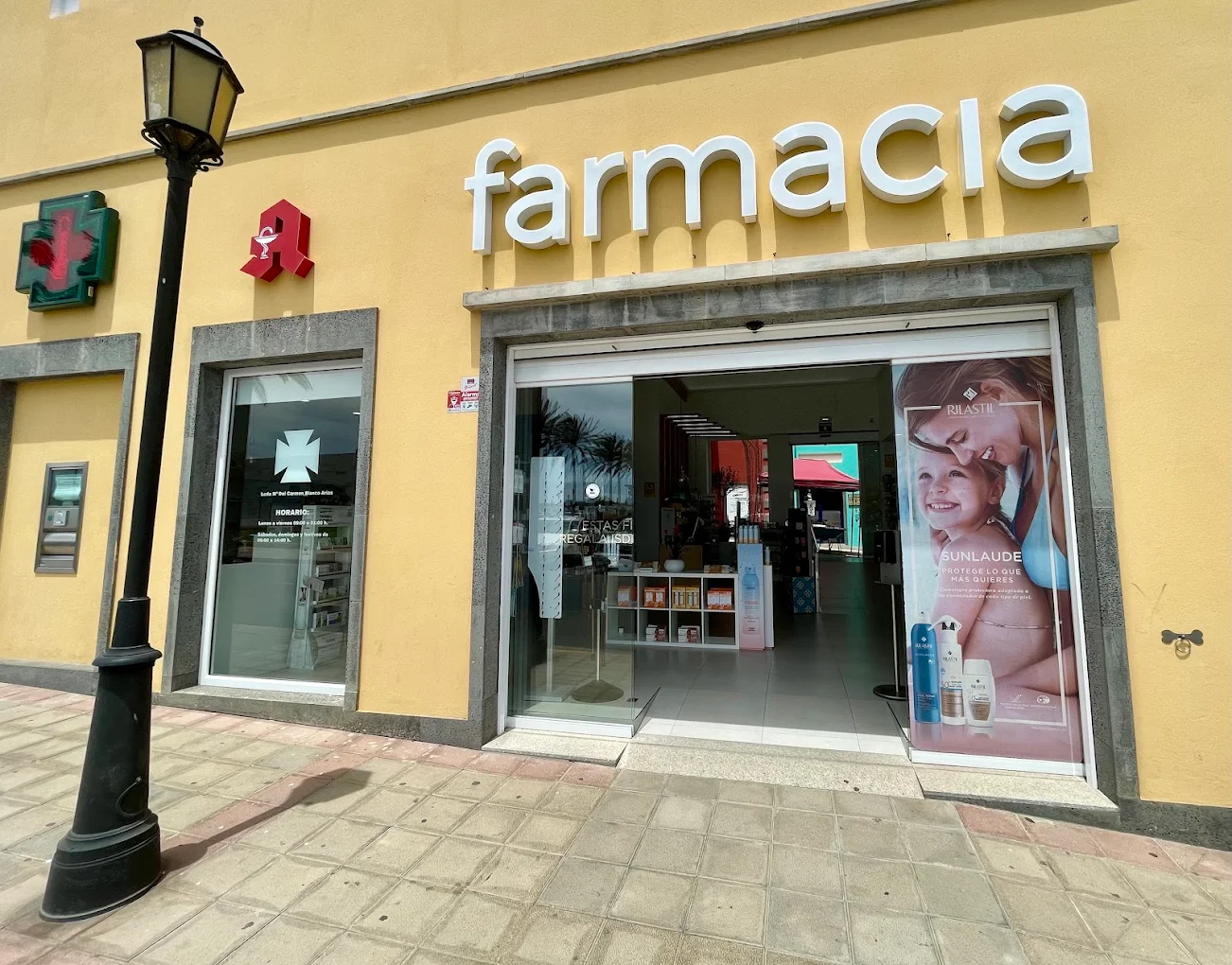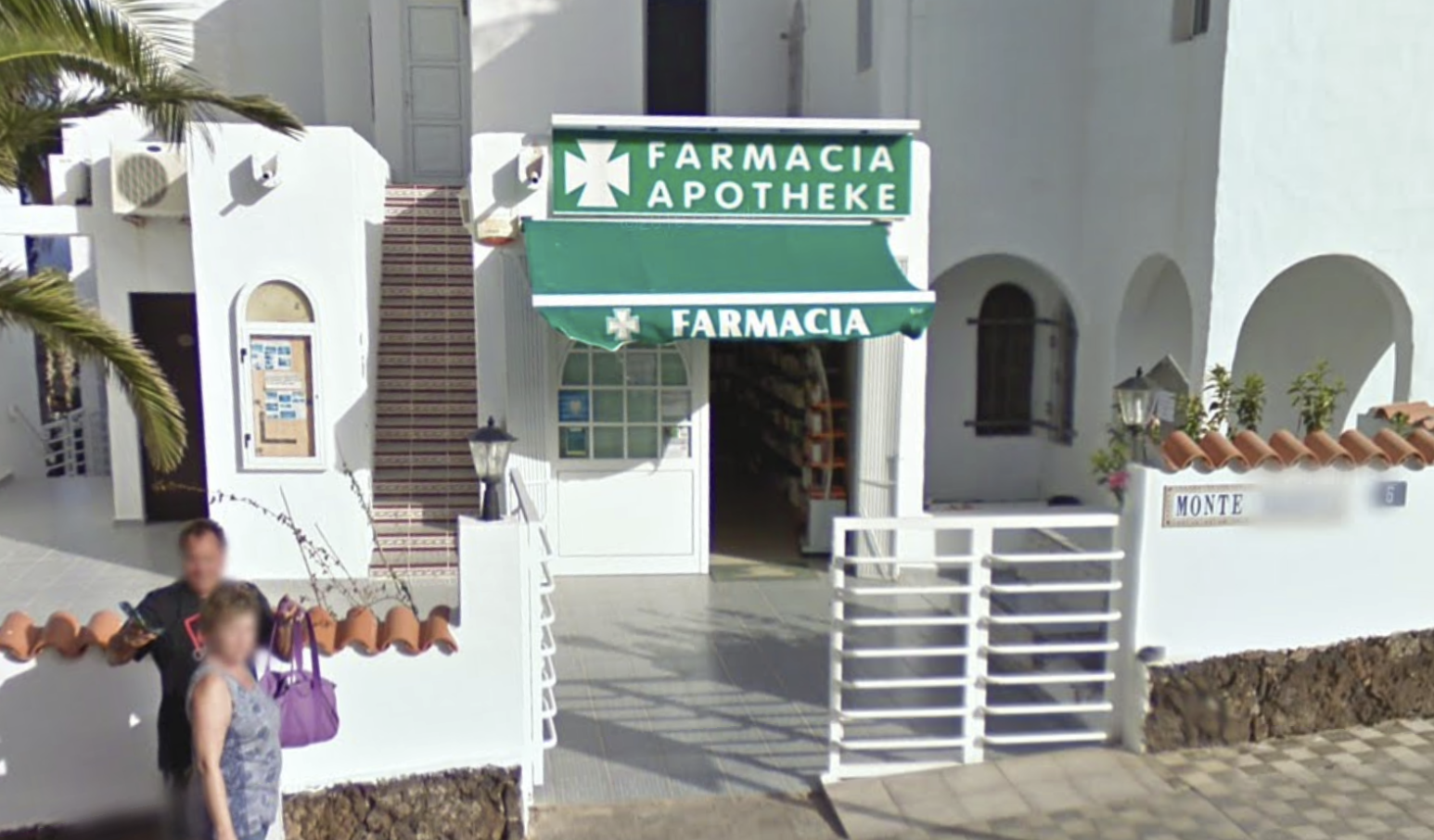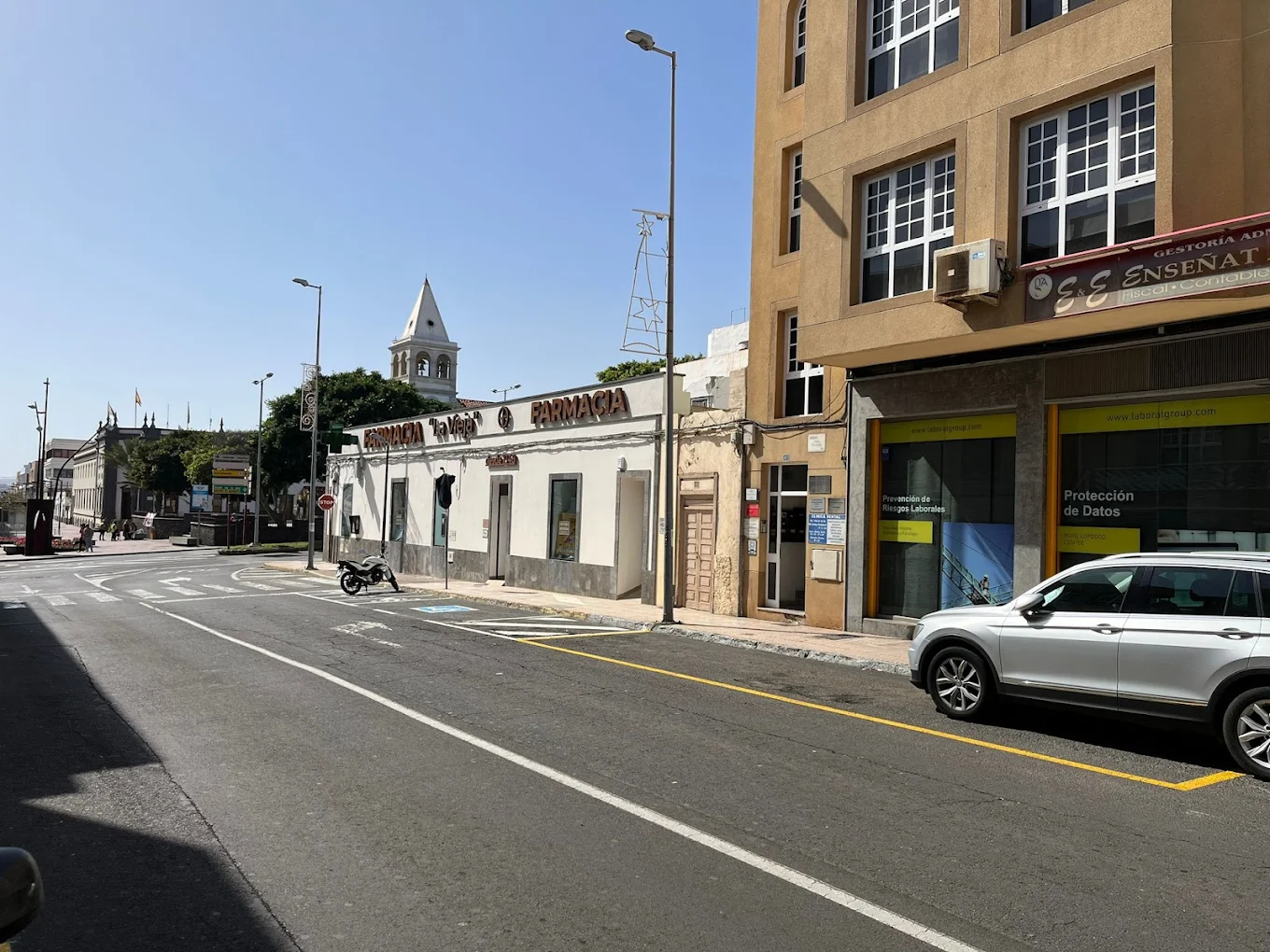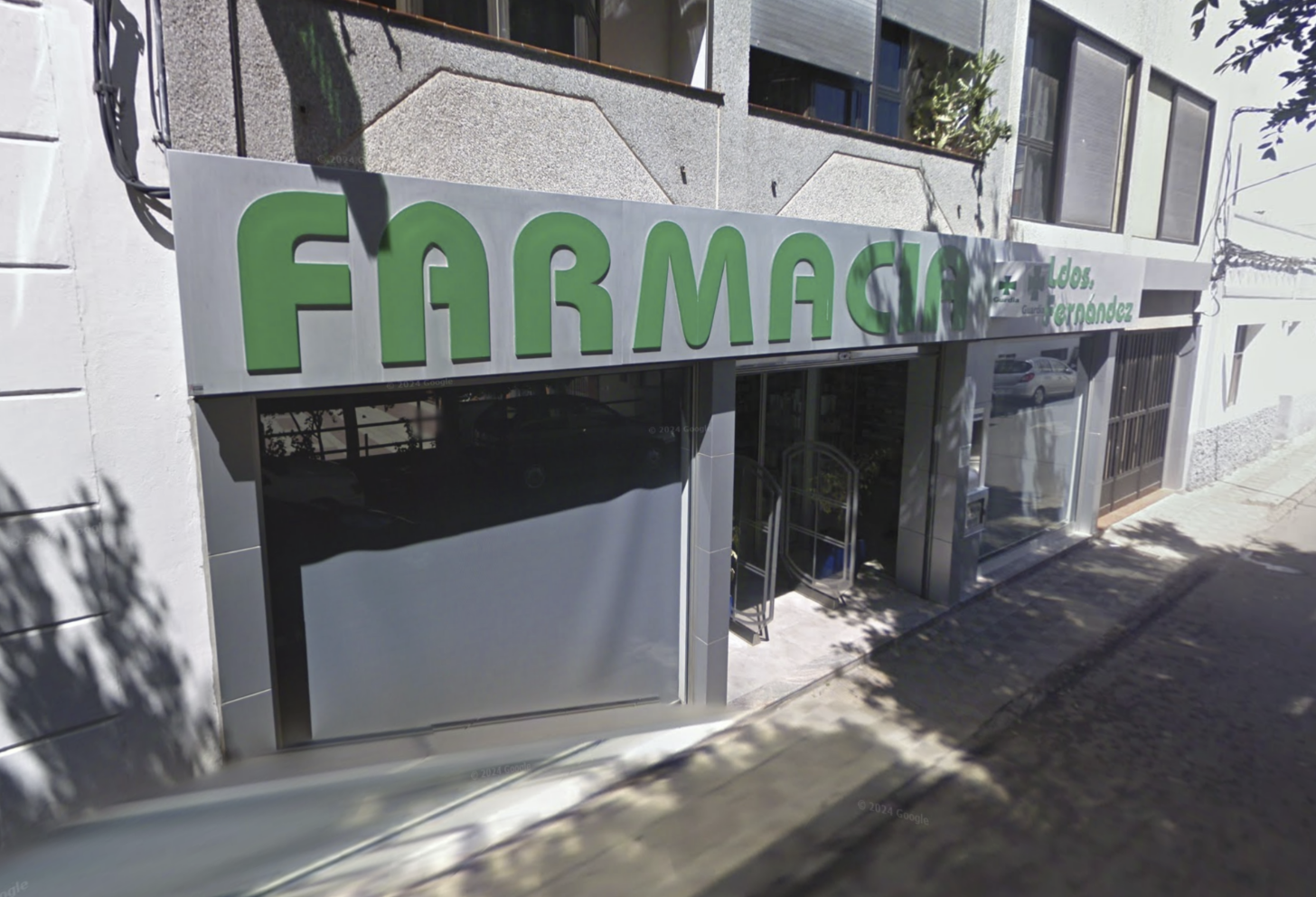On the morning of May 13, the Tree Plan and Green Corridors of the municipality of La Oliva was presented at the Association Raíz del Pueblo de La Oliva, a fundamental tool to plan with professional criteria the future of the vegetation landscape of the municipality, under the premise of adapting to the climatic challenges, improving the quality of life of citizens and promoting a network of efficient green spaces, shaded and consistent with the ecological reality of La Oliva.
This project was born under the impulse of the Department of Environment and Tourism of the City Council of La Oliva, directed by David Fajardo, and is part of the actions of the Tourism Sustainability Plan in Destination “Naturally La Oliva”, funded by the European Union – Next Generation EU.
The study has been prepared by a multidisciplinary team made up of architects, lawyers, geographers, environmental experts, engineers, sociologists and economists, among other profiles, and is divided into three blocks: an initial diagnosis, a medium and long-term strategy, and a set of specific proposals for action.
During the presentation, Councilman David Fajardo explained: “With these tourism sustainability plans and the European funds that we have in the City Council of La Oliva, we had commissioned a Plan of Trees and Green Corridors, and today, in this first working table, we have received a preview of this document. Together with the government team and with the support of the drafting team, we have worked on a diagnosis that will allow us to detect which species and in which locations the administration should act to carry out planting of flora in the municipality, always respecting our endemic species, so valuable, and betting on a greener municipality”.
“It is essential to make good use of our green spaces, that there is efficient planning of plantings, adequate irrigation systems, creation of shaded areas and environmentally friendly landscaping,” added the councilman.
Endemic species for an adapted and respectful green network
One of the keys to the plan is the careful and technical choice of plant species, always prioritizing those native species that are already naturally present on the island, avoiding the use of specimens from other regions.
The proposed species include:
– Arboreal bearing: Tarajal, Acebuche, Canary Palm.
– Shrubby: Verode, Sweet Tabaiba, Wild Tabaiba, Hawthorn, Sea thyme.
– Herbaceous growth: Sea lettuce, Pulicaria purpuraria, and other native species adapted to the local substratum.
It is a selection designed to respect the plant identity of the territory, minimize water consumption, promote local biodiversity and create shaded areas that favor the habitability of squares, parks and streets of the municipality.
Five goals for a more balanced environment
The plan’s strategy is structured around five essential goals:
1. Protect biodiversity and conserve natural resources.
2. Prevent desertification through appropriate interventions.
3. Adapt the territory to climate change, with solutions based on nature.
4. Promote an economy linked to the landscape and responsible tourism.
5. Promote participation and environmental governance, integrating science and community.
For his part, the mayor of La Oliva, Isaí Blanco, highlighted the importance of having this type of technical documents as a basis for realistic planning: “This plan not only takes care of the landscape, it also improves the quality of life of people, providing shade, a new image and environmental balance to our urban and rural areas of La Oliva”.
This progress marks the beginning of a process that will be progressive, open to adjustments and new priorities, always with the objective of creating a greener municipality, conscious and adapted to its natural environment.
